Guest post by Annelise Bryan
Author of The New Rules of Cross Training for Dancers
Writing “The New Rules of Cross Training for Dancers” was a project that was very close to my heart. When I was dancing in college, I was constantly fighting with my body.
My professors would tell me I needed to lose weight, but I felt like no matter how hard I worked in the gym, I wasn’t seeing results. On top of that, I was frequently suffering minor injuries and was concerned about my ability to handle the workload of a professional dancer. I got really discouraged and started wondering if maybe I just wasn’t talented or disciplined enough to make it as a dancer.
I came across weight lifting somewhat by accident. I started dating the man who is now my husband and since I was trying not to go out to eat all the time, we would go on “gym dates” instead. He showed me how to use some of the free weights and machines, and it was a lot more fun than using the elliptical.
I started lifting weights with him a few times a week and within only a month, I saw drastic changes in my body. I hadn’t changed my eating, but I looked leaner and more defined.
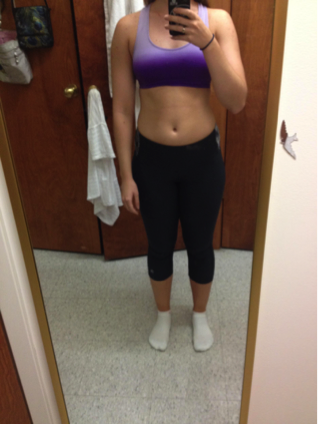
I also saw improvement in my technique. My balances were more stable, my partnering was more secure, my jumps were bigger, and my extensions were higher. Over time, my injuries got fewer and fewer as well.
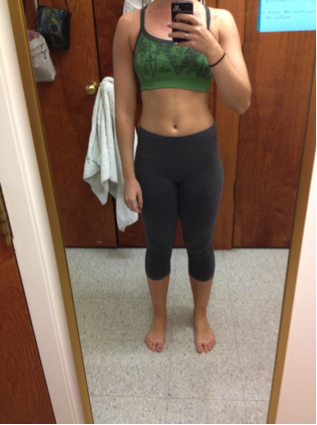
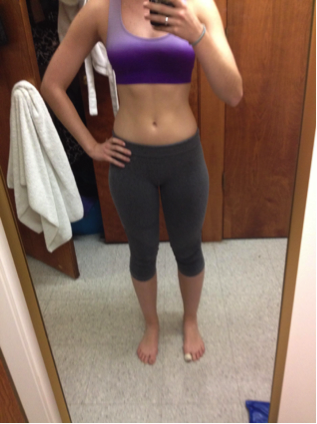
Although I was ecstatic to have found this magic cure-all, I had some questions. Why hadn’t anyone told me to do this? Why aren’t other dancers doing this? Unfortunately, there are still some myths around weight lifting that are preventing dancers from incorporating it into their cross training, the main one being that lifting weights will make them bulky.
The truth is, women don’t produce as much testosterone as men, so we don’t put on muscle like men do. Even when we do put on muscle, it looks different on us than it does on them. Putting on muscle means you’ll look more like a professional dancer, not like a bodybuilder. There’s no chance of you getting bulky by following the kind of program I’m recommending.
Another benefit of having more muscle is that it increases your resting metabolic rate, meaning you’ll burn more calories even when you’re not exercising. You would have to do twice as much cardio to burn the same number of calories as you would in a weight lifting workout.
Weight lifting makes it easier to maintain a lower body fat percentage without cutting calories. Dancers are athletes, and it’s important to fuel your body. If you’re continuously putting yourself in a caloric deficit, it’s just a matter of time before you get injured.
Many dancers use cardio machines with the goal of losing fat. After I became a personal trainer, I learned that this is not only ineffective, but may be putting you further from your goals.
Doing high amounts of cardio (e.g. 60 min sessions) sends a signal to your body that you want to get better at endurance activities. From a survival perspective, two things have to happen for your body to improve its endurance. First, it’s not advantageous for your body to have a lot of muscle for endurance activities, so you won’t put on muscle and may even decrease muscle volume. Second, your metabolism will slow down so you burn fuel more efficiently. If cardio is the basis of your cross training program, you would have to keep increasing the amount of cardio you do and keep decreasing your calories, which is a bad idea for dancers already engaging in high amounts of activity.
“The New Rules of Cross Training for Dancers” teaches dancers how to lift weights and incorporate cardio in a way that is relevant to the demands of dancing and will improve both aesthetics and performance. You will learn how to execute each of the six most important compound movements of weight lifting as well as how to structure your workout plan and track your progress. Detailed explanations of each movement and pictures are included to get you started correctly.
Another important aspect of training I discuss in the book is how to properly warm up. I completed a certification in corrective exercise that taught me a lot about muscular balance and how to create a routine based on the individual’s alignment to get the body ready to move. By using a routine like this regularly, you can prevent alignment issues from turning into an injury. The book goes in depth about the difference between under-active and overactive muscles and how to address both of these to restore proper movement patterns. These concepts were a game-changer for me, and I believe these can really help other dancers stay injury free as well.
My goal in writing “The New Rules of Cross Training for Dancers” was to help dancers transition smoothly into college dance programs and the professional world. Weight lifting can help you maintain the dancer aesthetic, improve technically, and prevent injury, all of which are some of the most common frustrations of dance. This is a method of training that completely changed my career trajectory and mindset, and it can change yours, too. Are you ready to take the next step in your training?
Check out The New Rules of Cross Training for Dancers on Amazon
About the author: Annelise Eastes is a professional dancer with a BFA in Ballet Performance from Butler University as well as a personal trainer certified by the U.S. Olympic Committee and the American Council on Exercise. She is also a Corrective Exercise Specialist certified through the National Academy of Sports Medicine.
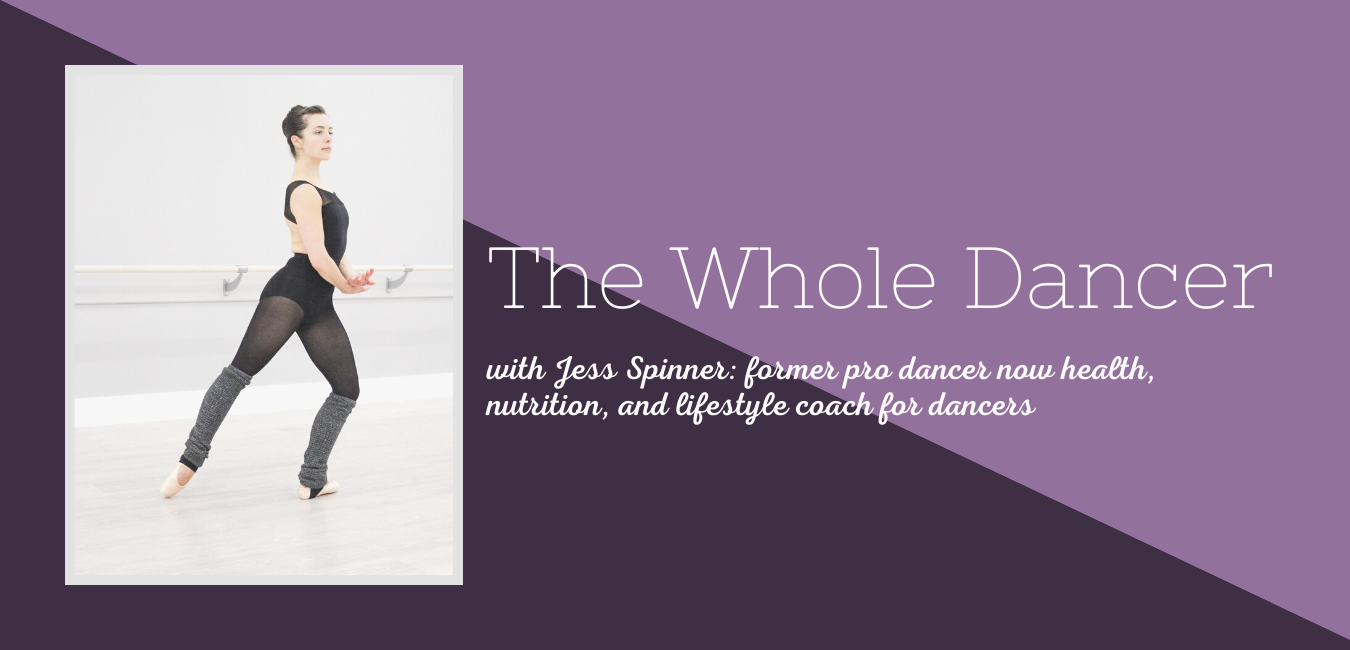
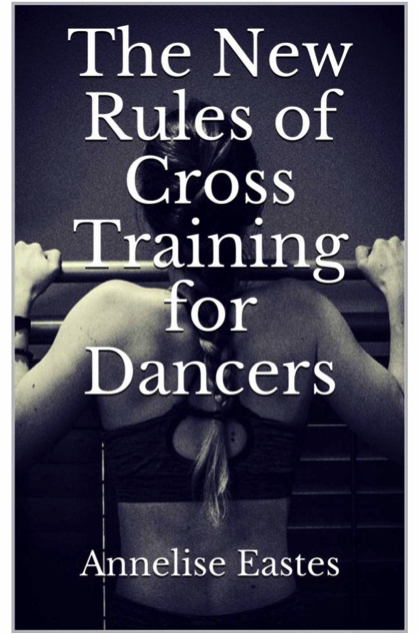
Pingback:Work Smarter AND Harder - The Whole Dancer
Great content! This is exactly the sort of thing I was looking for. Thanks for your help